The Prince Of Egypt(1998)
Stream on Into Film+
Visually astonishing feature-length animation that breathes life into the biblical story of Moses.
Certificate
Age group5–12 years
Duration95 mins

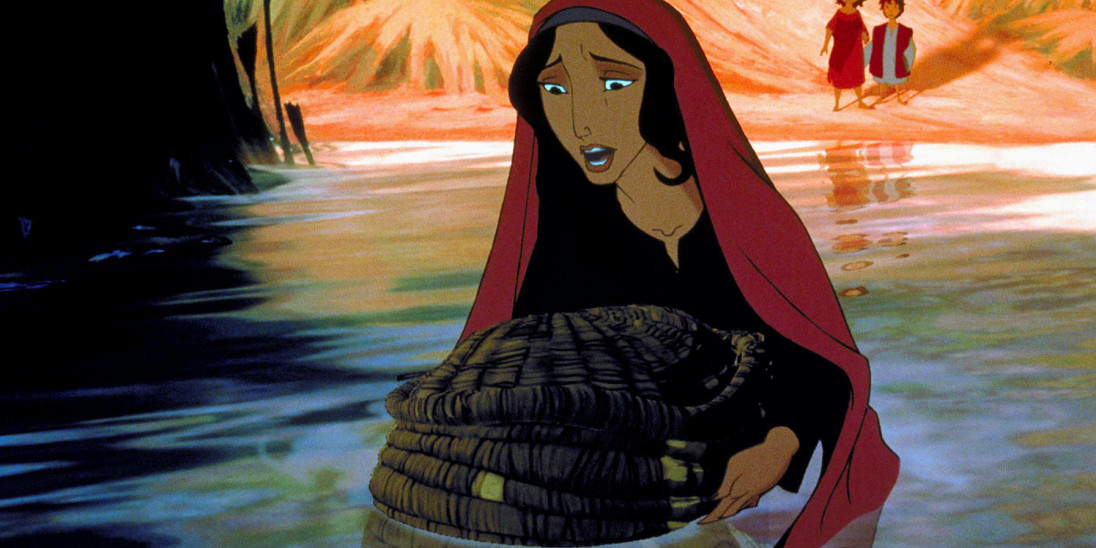
DreamWorks Animation’s The Prince Of Egypt is an adaptation of the Book of Exodus (the second book of the Bible). It is about doing what is right and standing up for others. It is also about faith, belief, freedom and liberating people. The narrative also states that “Though hope is frail, it’s had to kill” and it portrays that you should listen to others, their teachings and warnings.
The messages are conveyed within many settings: in a city in Egypt, in Temples, in the town, in a desert. The changing setting is used to illustrate a journey and it also allows the viewers to easily distinguish the character's status and place within the hierarchy by where they are and live. In addition, emotion is also illustrated through the use of Pathetic fallacy. For example, stormy weather is used when the characters are in trouble, which creates the effect of drama, tension and panic for the viewers and the characters.
Music is used for effect and for creating an atmosphere. For example, power, drama or panic. Furthermore, it is used to convey emotion, such as sorrow, grief, tension, celebration, freedom, power and danger. The music makes the viewer feel these things alongside the characters and sometimes they react to how the music is making them feel - for example, they may experience goosebumps. The songs are also used to give messages to both the characters and the viewers. Occasionally, the same position and song are used to mirror and remind the characters and viewers of what has happened earlier. This illustrates how things have changed, but also how life goes round. Additionally, the characters sometimes, make the music, by playing instruments and singing.
DreamWorks Animation’s The Prince Of Egypt uses certain colours for certain characters at particular parts of the narrative. The film also uses bright colours, and colours that are realistic to its setting. This is also the case with the style of clothing the characters wear. They also use a contrast of dark and light to be symbolic. For example, lanterns are used in the dark, so the characters can see where they are travelling, but they are also a symbol of liberation, freedom and hope.
The relationships between the characters change throughout the narrative as things happen to them. Some relationships begin positively and end in upset, whereas some relationships begin badly, but end joyfully. This is generally because the characters have grown and learnt about themselves and their purpose and this influences their relationships. In addition, the characters' personality also impacts how they interact with each other in different situations.
Several animating techniques are used. This includes, morphing from scene to scene and a long shot (used to portray scale) that zooms into a close up (used to portray detail). In addition, sometimes, one image is morphed over another and one gets bigger to illustrate characters moving, which symbolises a journey.
Print this review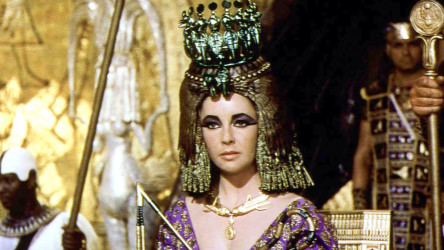
Spectacular, extravagant epic, with Elizabeth Taylor in a classic role as the legendary queen of ancient Egypt.
Certificate
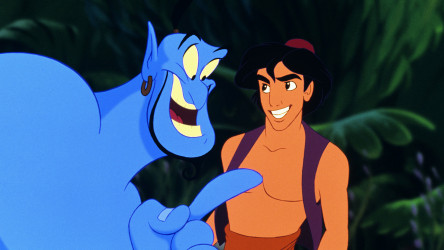
Stream on Into Film+ Premium
Disney fairytale set in the Middle East about the unlikely meeting of a cheerful tearaway and a beautiful princess.
Certificate
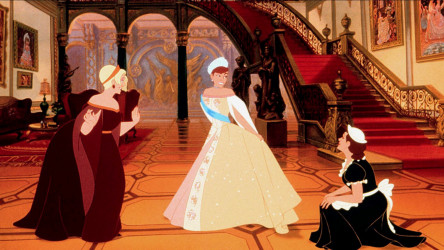
The mysterious Anastasia is on the run from the malevolent Rasputin, in this Disney animation which takes license with Russian royal family history.
Certificate
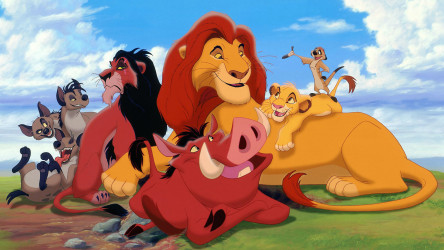
Stream on Into Film+
Song-filled Disney classic about a lion cub who runs away from the pride allowing his evil uncle to become king.
Certificate